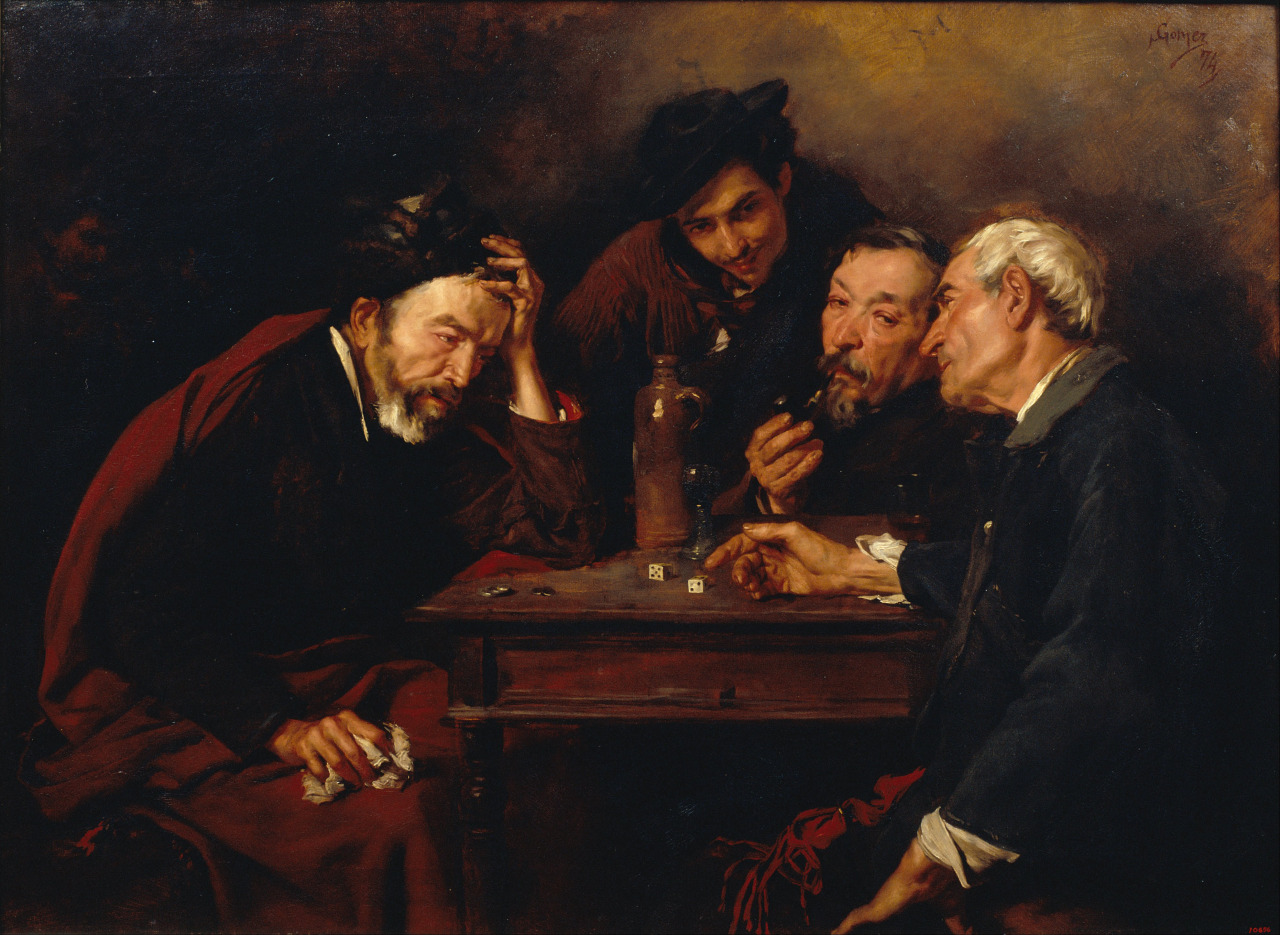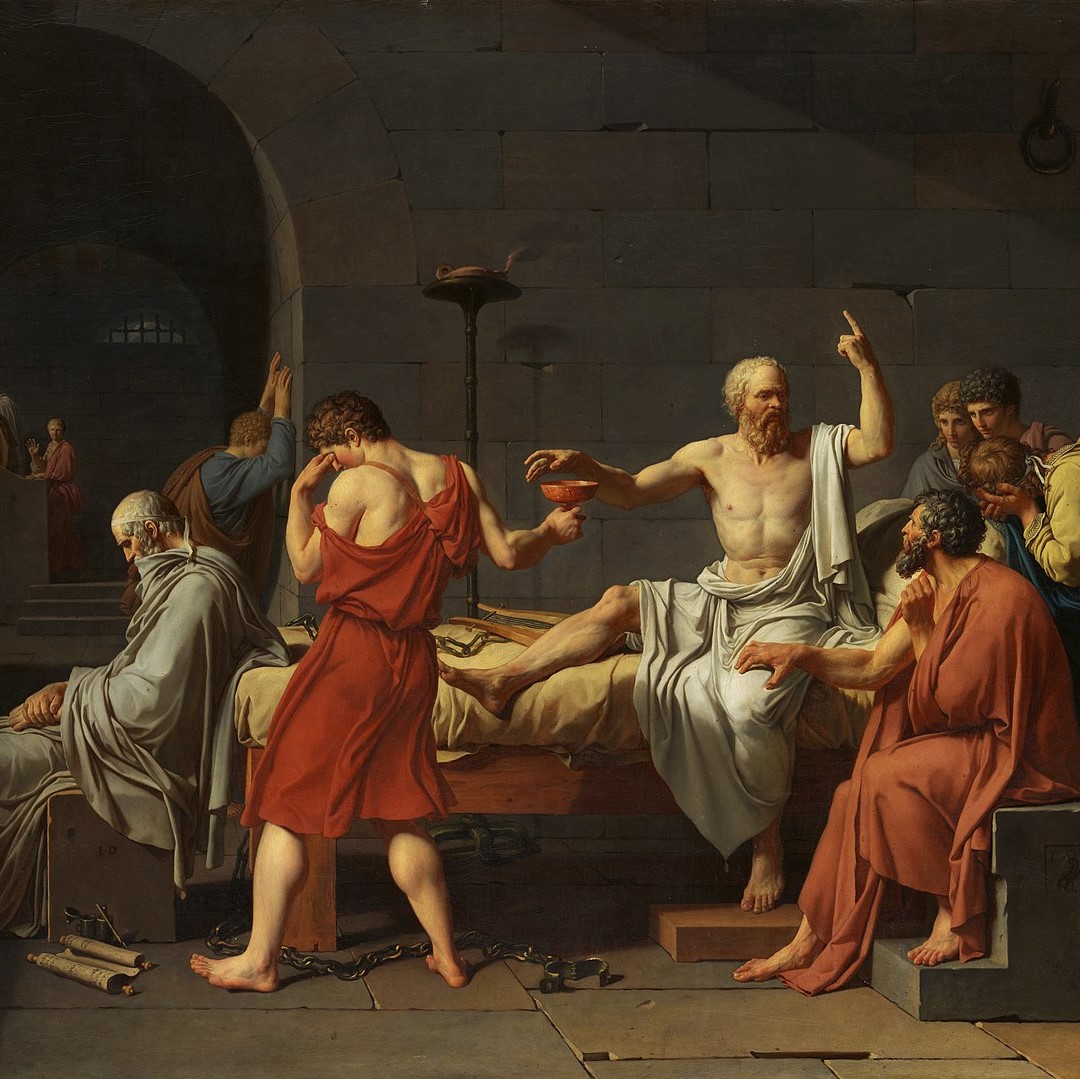What do we mean by that? Let us give an example: We mean that Munch’s famous painting “The Scream” can be a starting point for talking / learning / experimenting / playing and discussing sound waves, as the central image of the painting expresses a strong dramatic cry (see case study in stemproject .eu -> […]
I create, -you create and I play-you play
We must first acknowledge and admit that the performing arts, dramatization, acting, play and role-playing in the classroom need to be shifted slightly to the creative educational game. This swift is necessary because of the scientific nature of the lessons, but also because we are targeting teenagers, rather than young children. We are, moreover, experienced […]
The “passport” to enter the territory of STEAM
Introducing art to STEM courses is not a simple process that the teacher has to follow individually. It is not only necessary for the whole class to be adjusted, but also for the whole school, for the educational program, and for the state educational process as a whole. This swift towards STEAM is, already, taking […]
Entering the territory of STEAM
At this point it is advisable to give a definition of STEAM. Thus, we will use, as more comprehensive, the definition given by the Institute for Arts Integration & STEAM. “STEAM is an educational approach to learning that uses Science, Technology, Engineering, the Arts, and Mathematics as access points for guiding student inquiry, dialogue, and […]
The game
Here, we must also point out the great importance of another misunderstood and marginalized (from education and not only) function: This of the game. The game is a key element for both the child and the scientist. Thus, the child plays by making different things with his Legos and the scientist, also, “plays” by mixing […]
Methodology step-by-step
Introduction Imagination-image-experiment-proof/conclusion. Concentration-imagination-creativity The game Entering the territory of STEAM The “passport” to enter the territory of STEAM I create, -you create and I play-you play Give us an example The teacher What are the steps required in a STEAM lesson (for the teacher) 1st Level of approach-our beginning 2nd Level of approach 3rd Level […]
Concentration-Imagination-Creativity
Concentration, imagination and creativity are the tools and means to abandon cognitive education and move decisively to a creative way of teaching. And while with the first, we bombard the student with a vast number of notions which are often difficult to understand (hence the “parroting”), with the second, the images appear before our eyes, […]
Imagination-image-experiment – proof / conclusion.
Art is based on the image and the virtual representation of reality. The only exception seems to be music which has its own code. However, through this code, it, also, concludes in the creation of images and emotions. For example, Georg Friederich Händel’s “Water Music” and Antonio Vivaldi’s “4 Seasons” manage to create images based […]
Introduction
The transition from STEM to STEAM, in the field of education, is fascinating as long as we understand the basic principles and characteristics of art, both in their conception and in their application. The principle on which this study and these proposals are based on, is the poetic principle that really innovative and inspiring scientific […]
Earthquakes
Geology – Geological phenomena The following case studies can be done by the teacher with the participation of some students.They may however be done by the children divided into groups of 3-4 with the guidance of the teacher. The materials used are common in every home and very cheap. So the teacher with the appropriate preparation could ask the class to bring them with them to the […]










